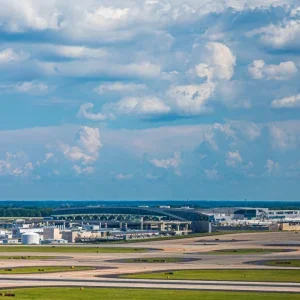Members of the US House of Representatives Transportation Committee have signalled a renewed willingness to consider privatising the nation’s air-traffic control system.
Capping months of studies and deliberations about possible privatisation by industry officials and outside experts, a hearing on Tuesday morning highlighted bipartisan support for taking up the issue as part of the Federal Aviation Administration (FAA) reauthorisation bill, reports the Wall Street Journal.
In addition, the broad concept of privatisation was supported by a string of witnesses ranging from a pilot-union representative to the president of the Business Roundtable to the head of the nation’s leading airline trade association. Without committing to details, they all emphasised possible benefits of severing air-traffic control modernisation and daily operations from the FAA’s ongoing budget. The head of the controllers union also opened the door to privatisation, while urging caution.
No specific privatisation plan has yet been floated by the committee’s leaders, but the comments represented the strongest signals yet that lawmakers increasingly are concerned about the FAA’s ability to adequately plan and oversee air-traffic control modernisation without first transforming the agency’s funding stream and organizational structure.
"We must make sure the FAA is properly structured," said Rep. Bill Shuster, the Pennsylvania Republican who chairs the committee, as he opened the hearing. "We really have to take a different look and move in a different direction."




